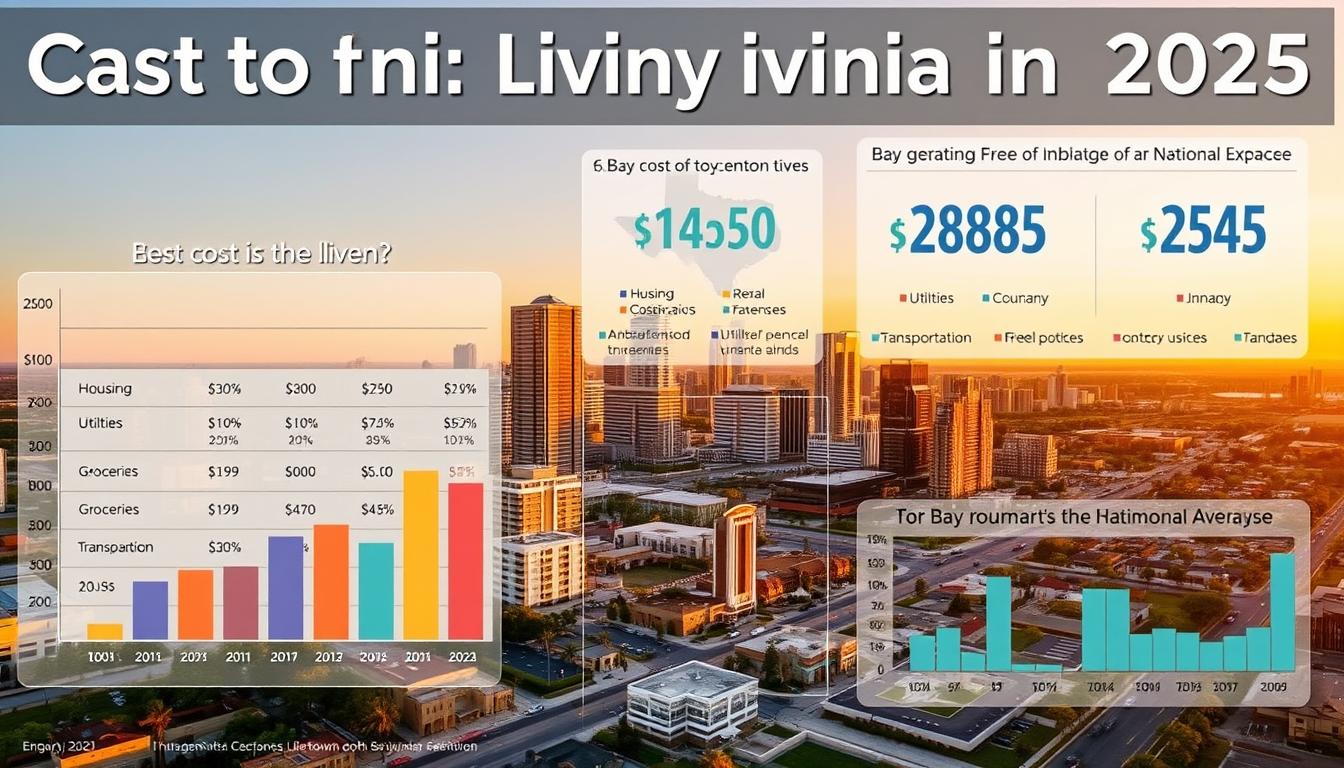73% of healthcare hiring managers reject resumes within 7 seconds if they don’t immediately highlight critical skills. In an industry where compassionate communication meets complex administrative demands, your resume isn’t just a document—it’s your first chance to prove you can bridge patient care and operational efficiency.
This guide cuts through the noise with 13 specialized resume templates designed for healthcare’s frontlines. Whether you’re new to the field or a seasoned coordinator, you’ll learn to showcase what matters most: your ability to manage sensitive data, resolve conflicts, and maintain smooth clinic workflows.
Discover how RoboApply’s AI-powered tools transform generic applications into targeted career assets. Our system analyzes job descriptions in real time, suggesting industry-specific keywords and achievement formats that help you stand out in crowded applicant pools.
Key Takeaways
- 13 customizable templates for various experience levels and healthcare settings
- Proven strategies to highlight patient interaction skills and technical expertise
- RoboApply’s resume scanner that identifies ATS-friendly keywords
- Methods to quantify achievements like reduced wait times or improved satisfaction scores
- Formatting tactics that prioritize critical information for hiring managers
Understanding the Role of a Patient Service Representative
Frontline coordinators in medical facilities balance technical precision with compassionate support. You’ll act as the bridge between individuals seeking care and clinical teams, requiring equal parts organization and emotional intelligence.
Daily tasks start with welcoming visitors and managing intake processes. You verify insurance details, update electronic health records, and schedule follow-ups while addressing questions about coverage or treatment plans. Accuracy here prevents billing errors and maintains trust.
High-volume environments demand multitasking—imagine processing 80+ calls while updating charts and directing lab results. Your ability to clarify complex policies in simple terms reduces confusion during stressful situations. Empathetic listening becomes as vital as data entry speed.
Compliance standards shape every action. You’ll protect sensitive information under HIPAA rules while sharing necessary details with authorized staff. This dual focus on privacy and transparency builds institutional credibility.
To stand out, highlight how you streamlined workflows or improved satisfaction rates in past roles. Tools like customizable healthcare templates help structure these achievements for hiring managers scanning quickly.
Why a Tailored Resume Matters for Patient Service Representative Positions

Generic applications get lost in hospital HR systems. Medical facilities need candidates who speak their language – literally. Did you know clinics using AI screening tools reject 89% of resumes lacking role-specific terminology within the first scan?
Customization proves you understand unique operational needs. A pediatric clinic values different competencies than an orthopedic practice. Mentioning experience with pediatric EHR systems or insurance pre-authorizations shows targeted knowledge.
Regulatory awareness separates qualified candidates. Including phrases like “HIPAA-compliant documentation” or “Medicare billing protocols” demonstrates grasp of critical compliance factors. These terms act as both credentials and ATS keywords.
Quantifiable outcomes resonate with healthcare managers. Instead of vague claims, state: “Reduced appointment no-shows 18% through reminder system optimization.” This approach mirrors the metrics-driven culture of medical administration.
Align your background with institutional priorities using tools like specialized healthcare templates. For bilingual roles, emphasize language fluency percentages from past interactions. In geriatric settings, highlight Medicare claim accuracy rates.
Key Resume Sections to Include in Your Application
Healthcare recruiters spend 6-8 seconds deciding if your application warrants closer review. Every section must work together to prove your qualifications while passing automated screenings.
Crafting a Compelling Header and Contact Information
Place your name in bold at the top using a professional font. Include one phone number with area code and an email address that combines your first and last name. Avoid unprofessional handles like “catlover123@email.com”.
Add your LinkedIn profile URL if it’s updated with healthcare keywords. List only your city and state – street addresses risk privacy issues and waste space. Double-check for typos; a single digit error in your phone number could cost an interview.
Developing an Effective Resume Summary or Objective
Seasoned professionals should lead with a 3-line summary spotlighting measurable impacts. Example: “Detail-oriented coordinator with 4 years’ experience reducing patient wait times 22% through EHR optimization.”
Newcomers or career changers benefit from objectives stating clear goals: “Seeking to leverage bilingual fluency and medical terminology certification to enhance clinic communication workflows.”
Both approaches require alignment with the job description. Tools like AI-powered resume builders scan postings to suggest relevant keywords for these critical introductory paragraphs.
Demonstrating Relevant Experience in Healthcare Settings
Healthcare employers prioritize candidates who can balance interpersonal skills with operational expertise. Your ability to articulate hands-on experience in medical environments separates you from applicants with generic backgrounds.

Highlighting Experience in Patient Interactions and Administrative Tasks
Showcase direct support roles by specifying how you managed inquiries or resolved concerns. For example: “Addressed 60+ daily requests via phone and portal while maintaining 94% satisfaction ratings.” Quantify caseload sizes to demonstrate capacity.
Detail multitasking abilities through administrative metrics. Statements like “Processed 120+ weekly insurance verifications alongside appointment scheduling” prove efficiency. Mention EHR systems used, as this signals technical proficiency.
Emphasize compliance knowledge by referencing HIPAA protocols or medical documentation standards. Phrases like “Maintained 100% accuracy in records audits” show attention to regulatory requirements.
Highlight collaboration with clinical teams using specific examples. “Coordinated with billing specialists to reduce claim denials by 15%” illustrates cross-departmental impact. For structured formatting, consider using targeted healthcare templates.
Show career growth by outlining expanded responsibilities. “Promoted to train new staff on telehealth platforms after mastering virtual intake workflows” demonstrates adaptability and leadership potential.
Showcasing Both Hard and Soft Skills for the Role
Healthcare frontdesk success requires equal mastery of digital tools and emotional intelligence. Your resume must demonstrate how you merge technical accuracy with compassionate support.
Precision Meets Compassion
List specific EHR platforms like Epic or Cerner with your proficiency level. For example: “Processed 50+ daily insurance verifications using AllScripts while maintaining 99% accuracy.” This shows operational competence.
Describe conflict resolution scenarios with measurable outcomes. “De-escalated 12+ billing disputes monthly through active listening and policy explanations” proves communication abilities. Quantify language fluency if applicable.
Highlight multitasking through concrete numbers: “Managed 40+ simultaneous check-ins while coordinating urgent lab results.” Pair this with empathy statements like “Adapted communication style for geriatric patients.”
Include stress management examples: “Maintained 95% satisfaction scores during 300% seasonal volume increases.” Tools like customer service frameworks help structure these achievements.
Show collaboration through team impacts: “Reduced appointment errors 25% by implementing cross-departmental feedback system.” Use healthcare resume templates to organize technical and interpersonal details effectively.
Quantifying Your Impact with Meaningful Metrics and Achievements
Healthcare administrators prioritize numbers that prove operational value. Start by detailing interaction volume: “Managed 120+ daily inquiries across phone and portal systems.” Specific figures demonstrate capacity to handle high-traffic environments.

Elevate satisfaction metrics with precise comparisons. “Boosted survey scores from 82% to 94% in 6 months through callback protocol improvements” shows measurable growth. Include feedback percentages if formal surveys aren’t available.
Calculate efficiency gains using time/error metrics. “Cut registration errors by 40% via dual-check system implementation” highlights problem-solving skills. For billing roles, state: “Achieved 99.8% claims accuracy across 2,000+ monthly transactions.”
Show scheduling expertise through no-show reductions. “Decreased missed appointments 22% using SMS reminders” proves proactive thinking. Link these outcomes to broader goals like provider utilization rates.
Use quantify achievements frameworks to structure financial impacts. Example: “Recovered $12K monthly through enhanced insurance verification processes.” Always connect numbers to organizational benefits.
Collaboration metrics strengthen team value. “Trained 15 staff members on new EHR modules, cutting data entry time 18%” demonstrates leadership. Keep all metrics verifiable and role-specific to maintain credibility.
Leveraging RoboApply Tools to Enhance Your Resume
Modern healthcare hiring demands precision-matched applications. RoboApply’s AI-driven platform transforms generic documents into targeted career tools that speak directly to clinic needs.
Using the AI Resume and Cover Letter Builder
RoboApply scans job descriptions in real time, identifying critical terms like “insurance verification” or “EHR management.” The system suggests phrasing that mirrors hospital priorities, helping you emphasize skills like conflict resolution or HIPAA compliance naturally.
Optimizing for ATS with RoboApply's Features
Applicant tracking systems filter 75% of submissions before human review. RoboApply’s formatting checker ensures proper header structures and keyword placement. It flags overused phrases while boosting terms like “patient intake workflows” to match employer algorithms.
For specialized roles, explore our sales representative resume examples to adapt proven strategies. Start building your healthcare-ready application today – the right tools make complex requirements manageable.
FAQ
How do I highlight customer service skills without healthcare experience?
Focus on transferable abilities like conflict resolution, appointment coordination, and data management from previous roles. Use action verbs like “resolved,” “streamlined,” or “maintained” to show how you’ve handled similar responsibilities in other industries.
What technical skills are critical for optimizing patient flow?
Prioritize EHR/EMR systems, scheduling software (e.g., Epic, Cerner), and insurance verification tools. Include specific metrics like “reduced wait times by 15% using [Software Name]” to demonstrate your ability to improve operational efficiency.
Should I include both hard and soft skills in my summary?
Yes. Combine technical capabilities (medical billing, HIPAA compliance) with interpersonal strengths like active listening or cultural competence. Example: “Detail-oriented professional with 3+ years managing patient registration processes and de-escalating complex service inquiries.”
How can RoboApply’s AI Builder improve my application?
The tool analyzes job descriptions to prioritize relevant keywords like “insurance authorization” or “patient satisfaction surveys.” It automatically formats your resume for ATS compatibility while suggesting industry-specific achievements to quantify your impact.
What’s the best way to showcase achievements without metrics?
Highlight process improvements like implementing new check-in protocols or training team members on compliance updates. Use phrases like “Developed X system to reduce errors in patient records” to demonstrate problem-solving abilities.
How detailed should my patient interaction examples be?
Use CAR (Challenge-Action-Result) formatting: “Addressed 20+ daily appointment conflicts by collaborating with clinical staff, maintaining 98% satisfaction ratings.” Focus on outcomes that show your role in enhancing care coordination.


















